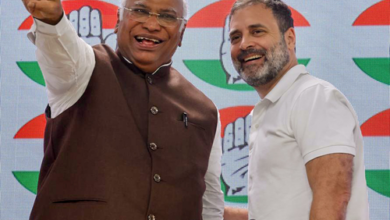From A Tiger Hub, To Elephant Sanctuary, Now To An Island Of Erosion, Chandaka !

By D N Singh
Today world celebrates the International Day Of Families. And when we think of families, we only think about human, in complete isolation from others on the earth. The wildlife species, specifically.
Not to go far lets take a look at the Chandaka Elephant Sanctuary, barely 20 kms away from the capital city Bhubaneswar, a gorgeous combo of concrete monstrosity and rapid urbanization.
Time has undergone change and rapidly so. Accordingly, the geographic surrounding and the characteristic of Chandaka Elephant Sanctuary.
Its history may be dated back to 1982 but this splendid forest was more known as a home for the big cats like tigers and leopards. And the last tiger of this spectacular habitat breathed its last in 1967.
Besides big cats this home for the wilders enjoyed an abundance of other en number of species worthy of mentions.
However, after the declaration of the Chandaka Dampada Wildlife Sanctuary, there was a shifting in focus and the entire concentration was on the elephants. Then a home to more than 72 wild elephants reigning over the 175.79 sq kms of the sanctuary limits.
Till quite sometime Chandaka Sanctuary was known for its isolation and virginity with sufficient forest, water bodies, aquifers and all that required for the majestic animal like the elephant.
An animal known for its migratory instincts they used to take to the natural corridors to go out and come back.
But things underwent transformation and the human greed slowly inched closer to the sanctuary. Even inside the sanctuary the footfalls of human ingress was accorded more priority than wildlife management.
The fodders like bamboo, mango, jackfruits and so on were replaced by sal and other fast growing plantations making it a paradigm shift from what elephants could have been comfortable with.
Visitors became in the focus and the simultaneous logistical developments like bunglows and rest sheds inside the sanctuary.
In which race, the flagship inmates like elephants were given a short-shrift. Which obviously resulted in the forced migration of more elephants from within taking to the by then honey-combed corridors by the developmental activities. As a result, there were increasing instances of man-animal conflict and the subsequent disarray in the whole scenario of conservation.
Water bodies shrunk and despite sufficient allocations of funds, the efforts, mostly bureaucratically driven, suffered from misplaced priority. The gigantic herbivores faced a dismal state of survival.






